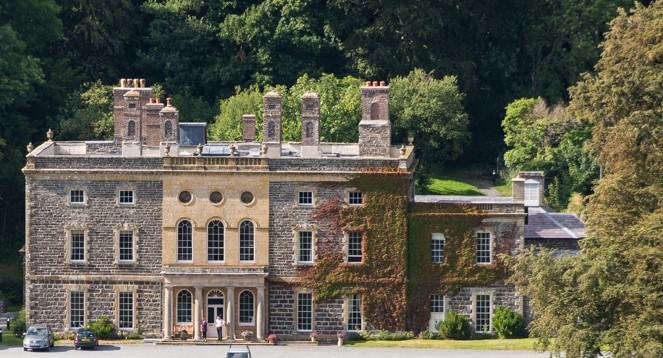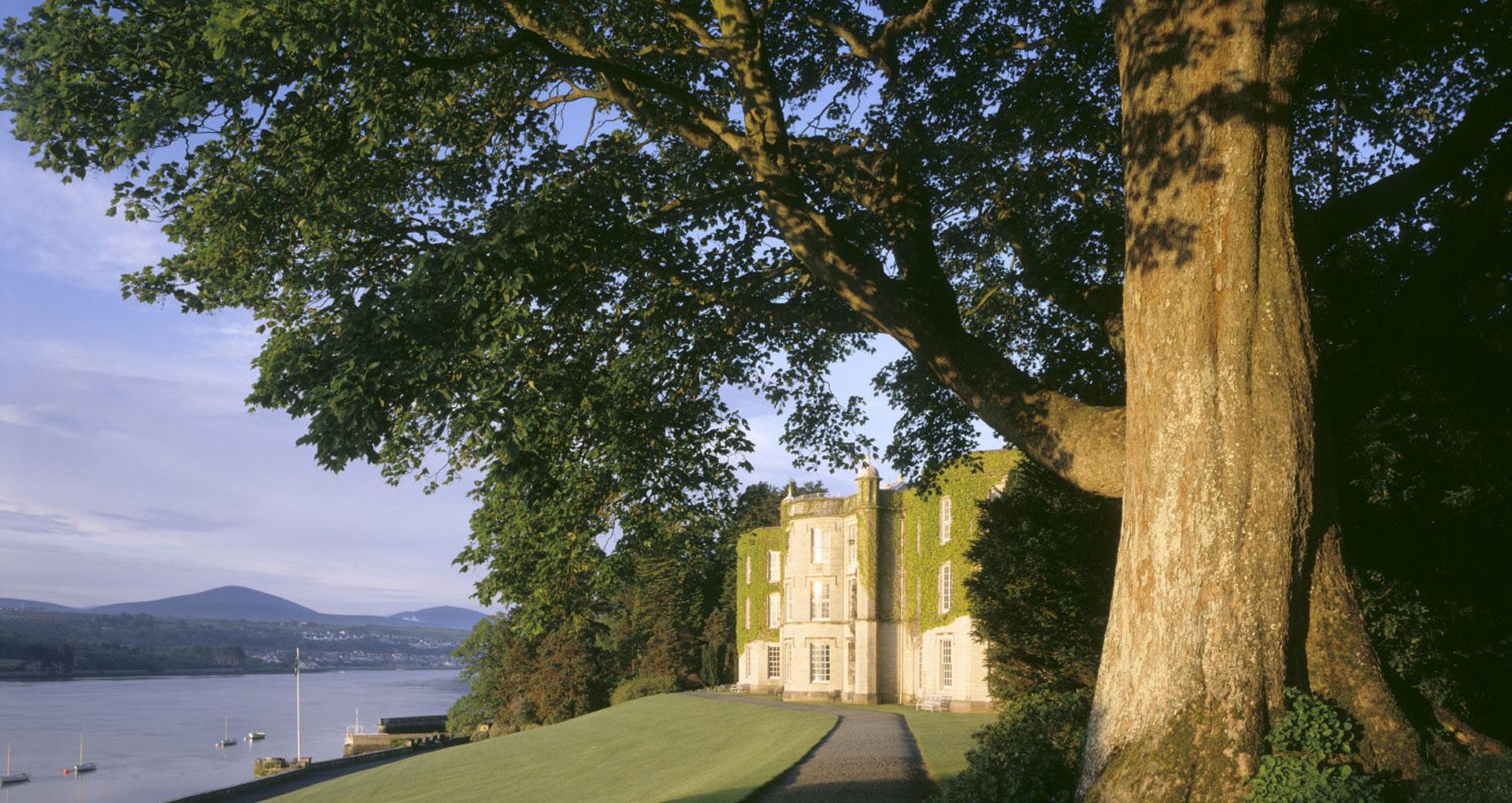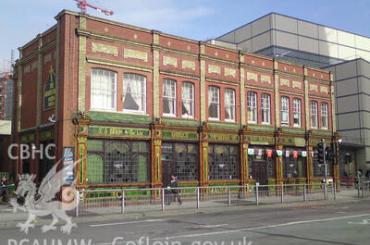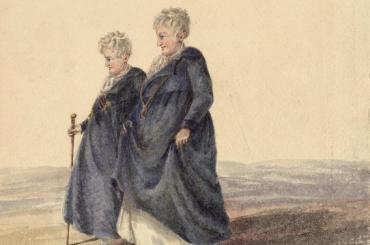The Gay Aristocracy of Victorian Wales
The Victorian era was not an easy time to be gay. Until 1861, you could be executed for the ‘crime’ of sodomy (though the last men to receive that punishment were killed in 1835).
Even after the death penalty was no longer a risk, gay men could receive sentences of 10 years to life in harsh Victorian prisons, where they would endure solitary confinement and hard labour.
But not every gay man faced the same risks. As has so often been the case throughout history, those with wealth and status were better protected from the law than their less well-off contemporaries. Some of Wales’ listed buildings have strong associations with men born into privilege, who were able to express their sexual identities with a freedom that the average person would not enjoy until far later.
George Powell (1842-1882)
George Powell spent his early childhood in Nanteos mansion near Aberystwyth, which he later inherited along with estates including a number of silver and lead mines in Cardiganshire. He travelled very widely in Europe, Russia and North Africa, acquiring a large collection of artworks and curiosities from around the world which he eventually left to Aberystwyth University. Although very eclectic and varied, the art collection Powell left behind is obviously more interested in male bodies than female ones.
Powell was married but died childless, though he enjoyed a close friendship with the poet Algernon Charles Swinburne (1837-1909). Swinburne was certainly rumoured to be homosexual, though Oscar Wilde (1854-1900) claimed that he was actually heterosexual and only encouraged these rumours because he enjoyed notoriety.
After Powell’s death Swinburne wrote a tribute to him:
“Known and loved of few,
But of these, though small their fold,
Loved how well were you!”
Powell wrote poetry himself and also produced an English translation of Icelandic sagas alongside Eirikr Magnusson. As well as assembling a huge art collection for Aberystwyth, he funded JP Seddon’s restoration of St Padarn’s Church where many of the Powells of Nanteos are buried.
Henry Paget (1875-1905)
Henry Paget, 5th Marquess of Anglesey, enjoyed a short but exciting life using his vast family fortune to explore his many enthusiasms. Though his rank made it easy for him to avoid prosecution, he was almost certainly gay. He converted the chapel at his stately home of Plas Newydd on Anglesey (now managed by the National Trust) into a theatre where he staged lavish productions starring himself, many of which required (or allowed) him to cross-dress.
He also toured Europe with a show called The Famous Electric Butterfly Dance in which he played the starring role.
Though the personal records which may have shed light on his sexuality are lost — allegedly destroyed by Henry’s embarrassed relatives after his death — he did leave a substantial legacy of photographs of himself looking fabulous.
One of these photos now adorns the cover of the National Trust guidebook Prejudice and Pride: Celebrating LGBTQ Heritage by Alison Oram & Matt Cook. Paget has also been immortalised in How to Win Against History, an award-winning musical by Seiriol Davies which sets his short but glittering life to song.
Evan Morgan (1893-1949)
Evan Morgan was the 2nd and final Viscount Tredegar, whose promiscuous homosexuality was an open secret apparently known to everyone except the police. With a fortune built mostly from Welsh mining, the eccentric millionaire led a hedonistic lifestyle at Grade I listed Tredegar House in Newport, where he held legendary gatherings in the basement that mixed occult rituals with wild partying.
Despite being married twice, Morgan’s most significant relationship was with writer Ronald Firbank, who he first met at London’s Eiffel Tower restaurant. Morgan was also an artist and writer himself, publishing a number of collections of poetry during the 1920s.
Adding to his reputation as an eccentric, the Viscount kept a menagerie of pets at Tredegar House. These included a boxing kangaroo and a parrot, which he trained to hide up his trouser leg and emerge from his opened fly to surprise guests.
The Viscount left no heirs and the family line came to an end in the 1950s, after which Tredegar House became a boarding school, leaving its reputation as a venue for wild parties behind it. The house was listed in 1952, with several other buildings and structures on the estate following it. Most recently Tredegar House’s surrounding gained further statutory protection through the Parks and Gardens Register in 2022.



